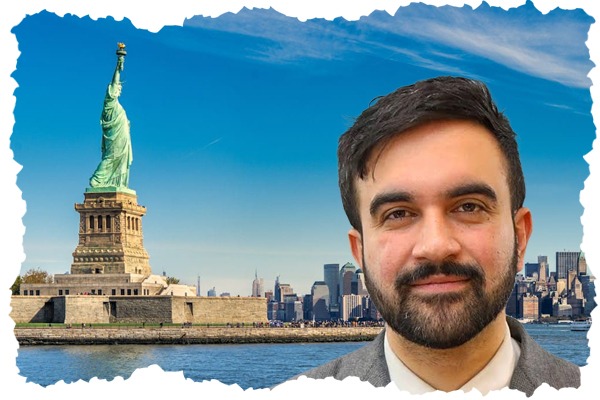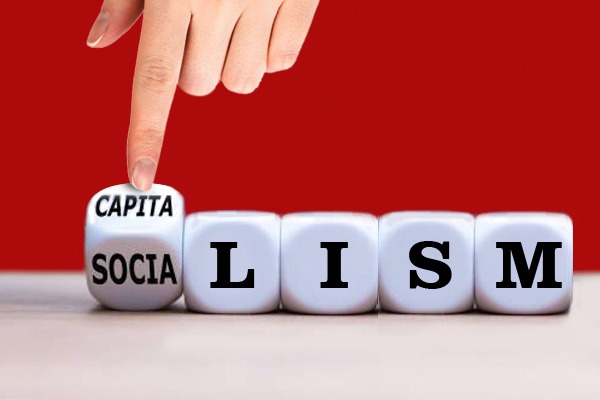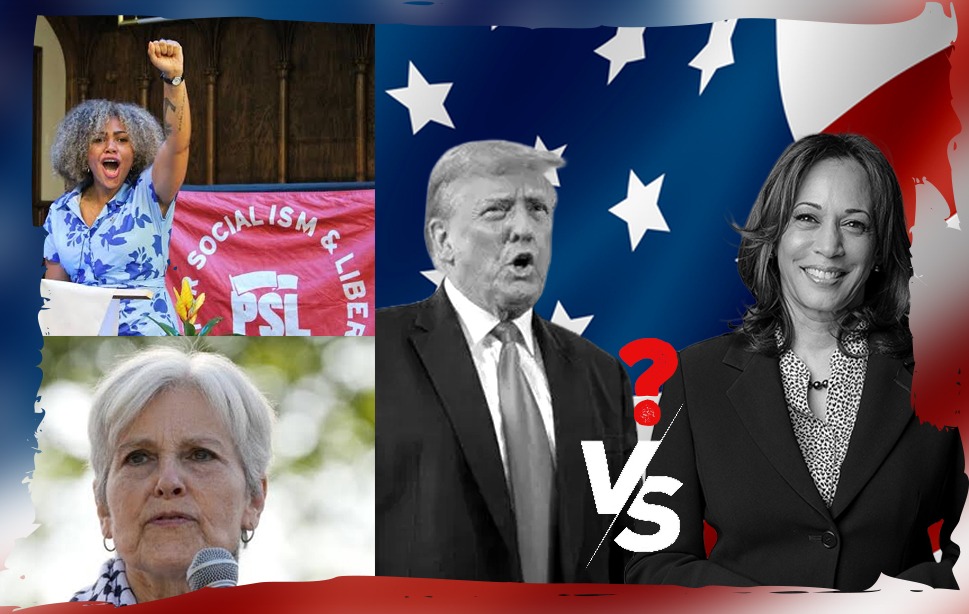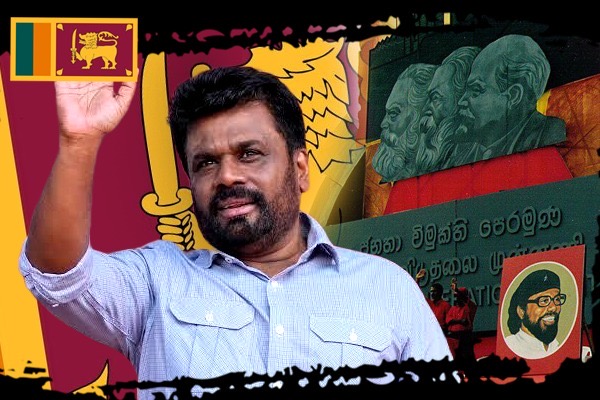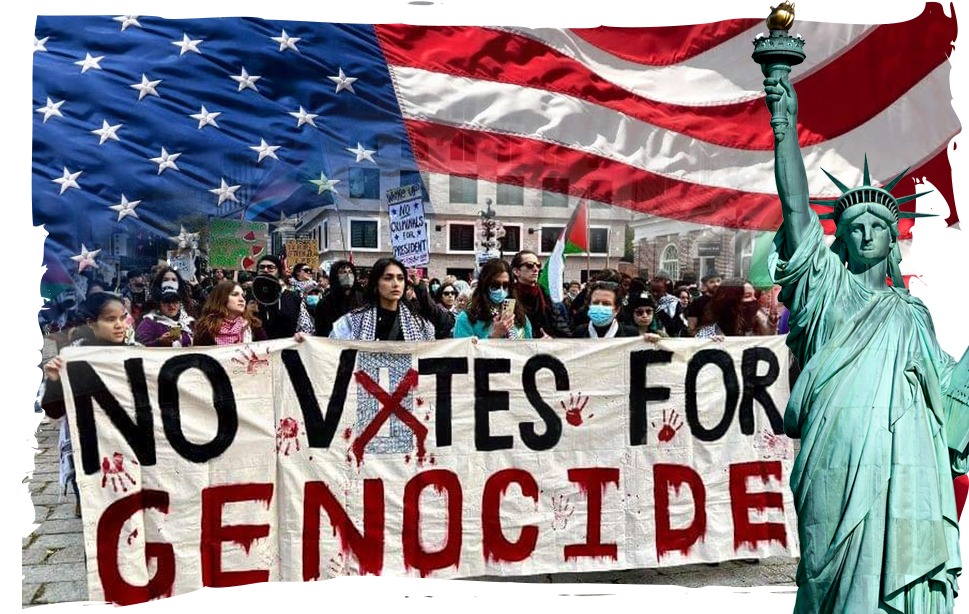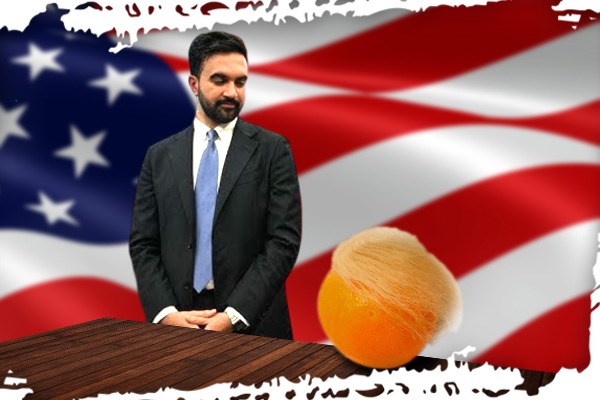The spring air on Seventy‑Fourth Street carries aromas of fresh samosa spice mingled with the sizzle of gas burners. In Jackson Heights, Queens, a heartbeat shared by Delhi’s Chandni Chowk and Dhaka’s Gulistan, a march spontaneously formed one afternoon. Saris fluttered, loudly waved posters, and kurta-wearing uncles stomped rhythms to Bangladeshi drumbeats. In unison, the crowd chanted: “Your mayor, my mayor, Mamdani, Mamdani.” Suddenly, Manhattan’s glass skyline seemed to fade behind them; the backdrop felt like Dhaka’s Shahbagh or Kolkata’s vibrant Dharmatala street politics. At the center, Zohran Mamdani. With his neat beard, crisp two-piece suit, and a confidence that radiates possibility. He embodied the dream that a brown, second-generation immigrant could be mayor of New York City.
Elite Roots, Marginal Advocacy
Born in Kampala in 1991 to a globally renowned anthropologist father and acclaimed filmmaker mother, Mamdani moved as a child to Manhattan’s Upper West Side, where booksellers, symphony halls, art galleries all around. He attended Bronx High School of Science, one of NYC’s most selective public schools (just 3% admission), crowned with Nobel laureate portraits and academic trophies lining its halls.
Then came Bowdoin College in Maine, a liberal arts campus where yearly tuition nears $70,000 and class sizes remain small. After such privilege, it might have been expected that Mamdani would continue the trajectory. But he chose Astoria, Queens: shared apartments, housing case work, and field visits with families facing eviction notices. It was there he discovered the yawning gap between laborers, hotel workers, delivery riders, taxi drivers, largely opposite then the breakfast brunch crowd of Manhattan’s uptown. Inspired politically by George Floyd’s murder and COVID, he emerged in electoral politics and rose with Democratic Socialists’ support to the NY State Assembly.
Politics as Fashion and Desire
From the start of his democratic mayoral bid, Mamdani proved politics was more than policy, it was style and desire. TikTok campaigns like HotGirls4Zohran and Gays4Zohran, Instagram reels, tote bags, pop-up merch, each whispered: “If you want to be hot, vote Mamdani.” Carrying a tote bag signaled you were woke, engaged, on the right side of history.
Actress Cynthia Nixon, Miranda from Sex and the City, endorsed him in a rally, declaring, “Nᴇᴡ York needs a progressive brown young mayor.” Her presence equated him not only with politics but also cultural legitimacy.
Samosa Solidarity, Language, Memory
Working with Brooklyn Councilor Shahana Hanif, Mamdani produced a Bangla-language voter education video that got over 100,000 views in two days. Elders smiled “the boy speaks our language.” Younger diaspora praised “Bangla is trending!” Samosa solidarity became literal, where memory and social media trends intertwined. Language awakened hidden histories: memes amplified their pulse. Bangla transformed from voter booth corner chatter to TikTok soundtracks.
Yet this cultural charisma obscured real distance: Mamdani wasn’t delivering packages or driving medallions. He was dressed in a suit and tie; the lived experiences of his constituents often remained outside his frame.
Dating-Politics, Generation-Z Appeal
Gen‑Z New Yorkers choose politics like matching on dating apps, photos, profile honesty, and tone alignment. Mamdani tapped this. In one interview, he shared how he met his wife on Hinge, the dating app. When he spoke of that humbly and with humor, it flipped the public script; he became perceived as a relatable figure who could share his dating history with anyone.
His image became cult‑like: “Zohran look‑alike night” at a South Slope Brooklyn bar, where dapper South Asian men competed in styled beards and suits. A Bengali student won, and memes calling him “boyfriend‑goals” spread online. Suddenly, politics spoke through sexual desire, and many felt seduced into solidarity.
Modi vs Mamdani: The South Asian American Divide
Across New Jersey, Texas suburbs, Silicon Valley townhouses, first-generation Indian Americans funded Hindutva organizations, supported Narendra Modi, and even donated to Trump’s campaign. To them, Mamdani seemed anti-India, sympathetic to Khalistan aspirations, and Muslim-first. He was blocked on Facebook groups; temples barred his volunteers.
Yet progressive second-generation South Asian Americans, Gujarati, Tamil, Bengali, Malayali families aligned with Black Lives Matter, Palestine solidarity, queer rights, viewed Mamdani as a broader representative. His opposition to CAA-NRC and vocal stand for Gaza situated him in contrast to Hindutva. In religious halls, campus panels, and temple inaugurations, his presence sparked heated debate and confrontation.
Representation vs Redistribution
Mamdani’s platform offered free buses, government-run grocery stores, and rent freezes. Yet from 2021–24, rent in his Queens district rose by 42%, forcing many immigrant families into Dist. 16. Albany still hasn’t passed a Good Cause eviction bill; the Real Estate Lobby stalled it. Gig worker health aid laws remain unimplemented; taxi medallion debt relief—$450 million allocated, has yet to free 5,000 drivers. Clear representation, yes, yet the structure of extraction remains untouched.
Final Thoughts: Glamour or Depth?
Mamdani’s rise suggests glamour can become political capital. But if that capital fails to translate into redistribution, samosa solidarity will crumble. Even if he wins City Hall, Albany’s walls, Wall Street’s ceilings, Real Estate’s knives await. South Asian American divisions, Modi vs Mamdani, tote bags vs tricolor shawls, “hotness” vs Hindutva, will persist. Glamour dazzles, but rising rent, health insecurity, and unaddressed structural violence force people into housing court, not social media. Remove the filter. Look to the source. Question. Decide whether the samosa’s aroma is the promise of a future we can actually taste.

